My friend, Watson Brown, and I go back more than a decade. I met him not long after I launched Southern Voice in 2013. Since that time, we have shared quite a few adventures on the backroads of North Carolina, photographing the small towns, crossroads, and fine old homes that are so abundant in the eastern part of the state. On a recent visit to his home in Tarboro, NC, where his family roots run many generations deep, we discussed his award-winning work.
Your work is widely considered as the gold standard when it comes to documenting the fading landscape of early Southern architecture, much of it now abandoned, some of it even lost. Can you remember a point in time when you realized that these places were endangered and needed to be recorded for posterity? Was that an “aha” moment for you, or more of a gradual realization?
I started around 15 years ago by wanting to document my home County of Edgecombe, but it became so addictive and when I finished Edgecombe I decided to keep going on neighboring counties and towns. It definitely spread. Took forever to start a business page on Facebook, but I guess Flickr held my earlier images. I loved the treasure hunt on roads never traveled, always waiting for that gem around the bend, and boy did I ever find those gems. Sadly, many of the early finds are already gone.
Readers may not know that you took up this task late in life. Tell us a bit about your background, which actually did lay some of the groundwork for what you do these days
I started this in retirement after 30 years as a city planner where visual presentations were a part of my job. I have a Masters in Planning from UNC Chapel Hill, and undergrad in Geography/Planning from ECU.
Many of your subjects are places which have life-long personal connections for you. Are there any stories – happy or sad – connected to a specific photo in that regard?
I think two particular photos which were quite early in my photo career, but which really shaped the direction I would take artistically were of the Magnolia Academy at Midnight in Duplin County and Mount Moriah and a Blood Red Sky in Edgecombe County.
Old-house photographers each seem to have a trademark style, and yours without a doubt is artistic interpretation using digital editing. Talk a little bit about how you decided to take a medium as straightforward as photography and turn it into an art form.
I loved the artistic side of photography, so I taught myself how to layer and texturize, loving my pictures as paintings. All self-taught before phone filters. All of my work is from a Nikon with editing on a home PC...so archaic today. But, I could do so many subtle and artistic things this way, not really possible on phone apps. I think they sell because they are so artistic and not just a simple photo. I just sold 5 large, funky old house prints to a gentleman in Haight-Ashbury in San Francisco! A plain photo would likely have not appealed to him.
Regarding that, you have built a sizeable following by offering prints of your work. Is that something you had in mind all along, or was it a happy by-product?
Offering prints for sale was a happy byproduct of the process. I really had no idea in the beginning that I would be selling my photos. My curated portfolio intrigued Gallery C in Raleigh to take me on as a client, their first photographer. I did very well there for several years, having three curated shows in Raleigh, but determined it was much easier to do on demand, online sales which I still do. Surprisingly, my best online sales, beyond the immediate Southeast US come from Florida and California, a total shock to me. I even have some in Canada and Europe.
Up until the advent of social media, the only high profile attention being given to historic structures was via TV shows such as This Old House, plus the popularity of historic sites such as Williamsburg, and prominent preservation organizations in cities such as Charleston and Savannah. These days, awareness and enthusiasm is much more mainstream. To what degree do you believe that those of us who work in these circles – highlighting old/abandoned/significant/interesting structures – have made a difference by training a bright light on historic architecture and the importance of saving it? And did you expect that, or has it been a nice surprise?
I get many private messages about follower's travels where they find and see places that would make great "Watson Brown" photos and they can tell me the architectural styles! That's pretty cool. And it is a nice surprise to look back over the last decade and realize that awareness has been raised. I hope that we have all played a small part in that.
Why do you believe this genre has struck such a chord with people?
I don’t have the full answer to that, but part of the reason may lie with the fact that modern architectural styles are not as interesting as what we were building 100 or 200 years ago. Even the simple farmhouses had character. I think people respond to that, even if they don’t realize it.
The artist Andrew Wyeth spent the bulk of his career focusing on two small sections of the country near his summer and winter homes – Cushing, Maine and Chadds Ford, Pa. You have followed a similar path, focusing on a concentrated section of Eastern North Carolina. You have a great love for that region – talk a little bit about that and the wealth of houses still remaining in those parts.
I have been doing this for a long time now, and I am really shocked at the number of places I took photos of 10 years ago that are gone now. I am SO GLAD I have documentary pics of these lost places. Just within the region that I focus on, too many great old places have not survived. Others who do this focus on their own areas of the country, so hopefully all of our efforts are making a collective difference.
You and I go way back, and I credit a lot of the practical knowledge that I have gained about historic structures to the long rambling road trips along Carolina backroads that we have shared. I remember the day you introduced me to the little church at Avoca for the first time, the pretty little row of Queen Anne houses on a quiet street in a small Eastern NC town, a ride on the Sans Souci Ferry, adventures with fire ants and houses sheathed in kudzu, honeysuckle and Virginia Creeper, and so much more. You are way more adventurous in that regard than I will ever be, but do you have a favorite “close call” or other story you’d like to share?
Oddly, I don't have any really close calls with anyone or anything. At my age, I am very careful and rarely enter abandoned placed. I was more adventuresome when I first got started, but too many people pack heat now and I'm scared of falling! Lol! I think my age and white hair have helped me a lot. No one is scared or intimidated by a dottering old man with a camera. I've never been threatened or asked to leave a place. Almost everyone I encounter is really helpful and talkative when I explain what I'm doing. I always try to ask permission to go on a property if there is a close neighbor.
We also share a common “pet peeve” when it comes to comments on social media. Would you care to elaborate on the need to protect the locations of some of the most vulnerable structures in our midst?
Yes, we do. Well-meaning people don’t realize how easy it is for bad actors to bring harm to these old places. Even a casual remark in a comment about the location of a place is all it takes for a vandal or a thief or an arsonist to find it. Like you, I refrain from providing specific locations on any structure that may be vulnerable in that regard.
Watson’s Facebook Page enjoys a large contingent of faithful fans. His work has been featured in the following magazines: Garden & Gun, Southern Living, Okra, Eastern Living, Our State, Salt (Wilmington area), and Carolina Alumni Review. He received Tarheel of the Week award from the Raleigh News & Observer and Order of the Long Leaf Pine from NC Governor, Pat McCrory. The UNC-TV and PBS series, MyHomeNC, featured a video on his photography endeavors that was nominated for an Emmy.
To purchase prints, message him at planterboy@embarqmail.com

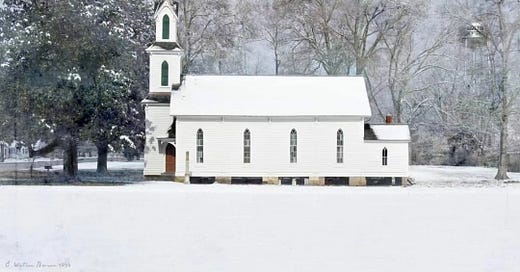



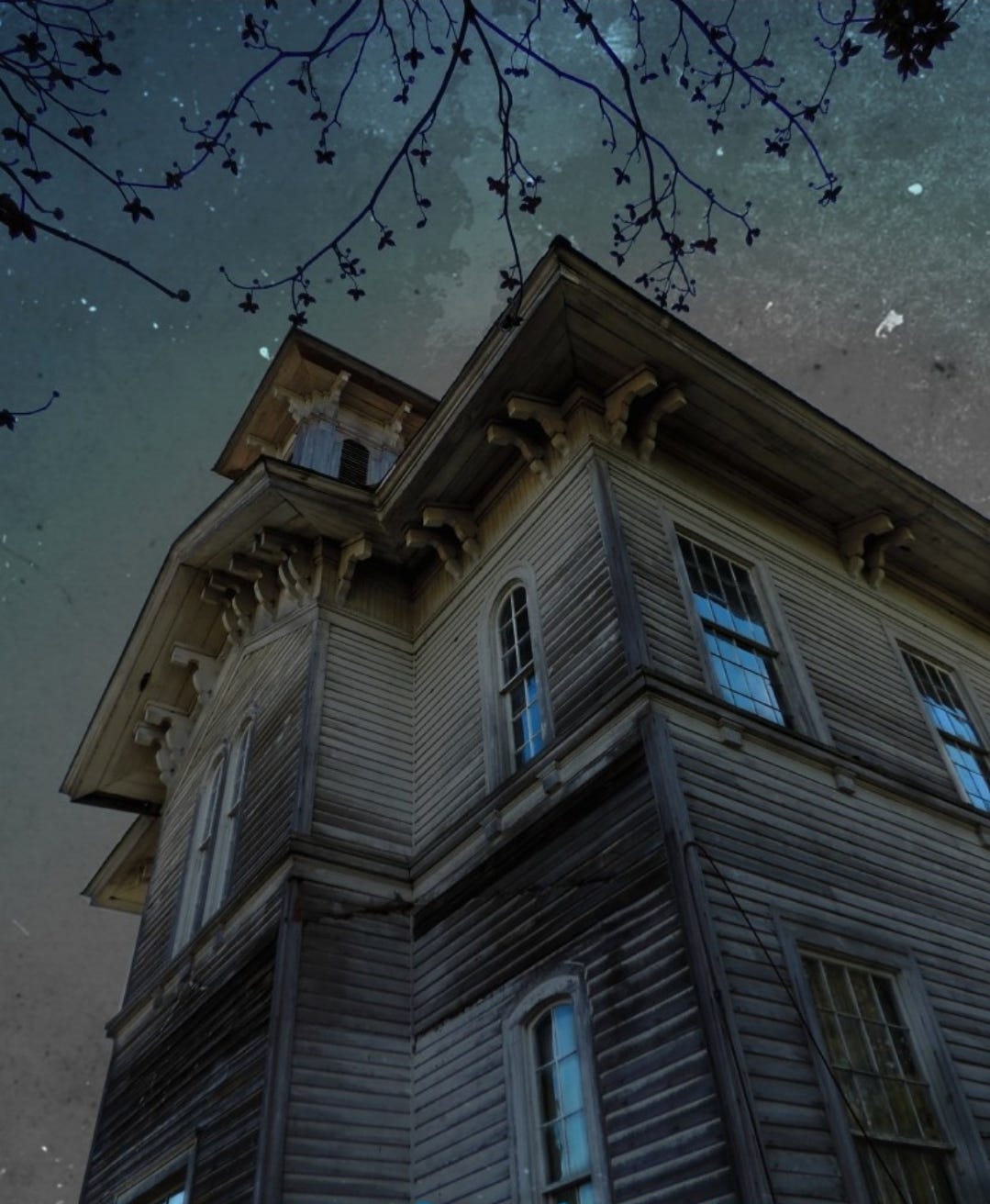
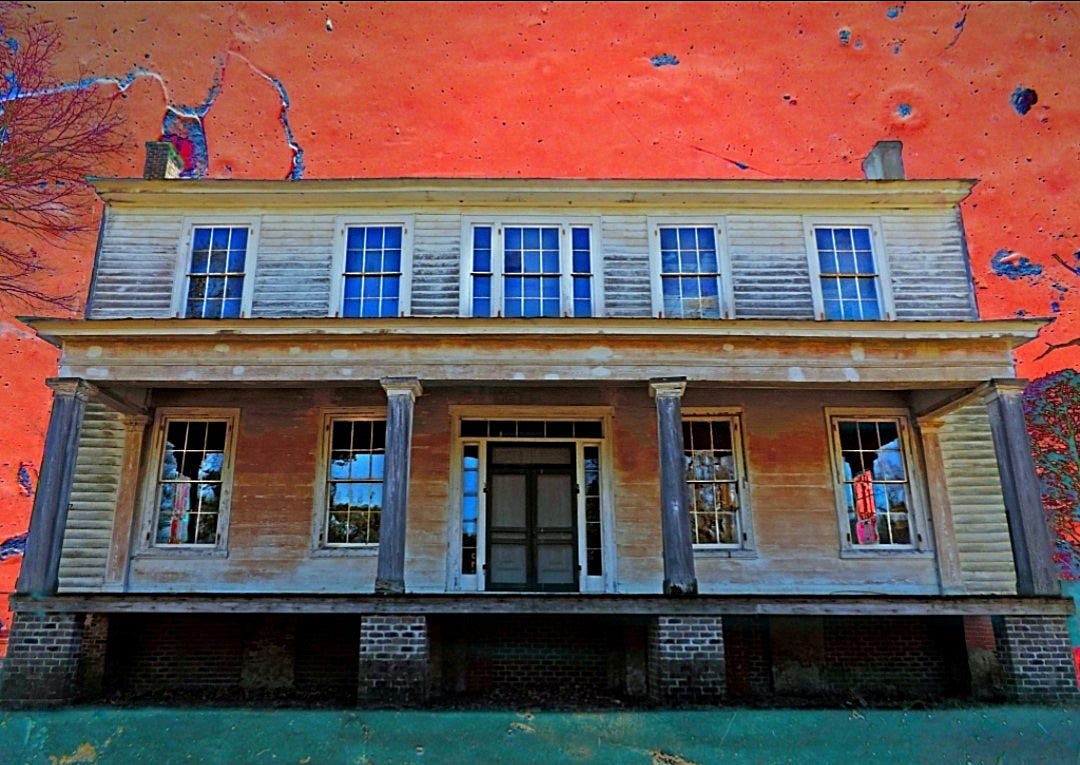
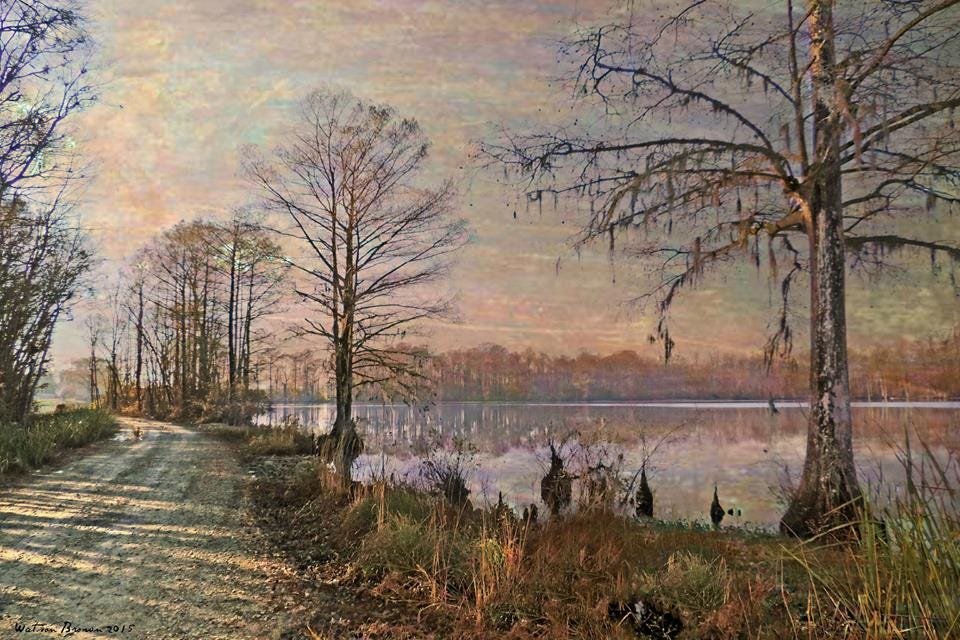
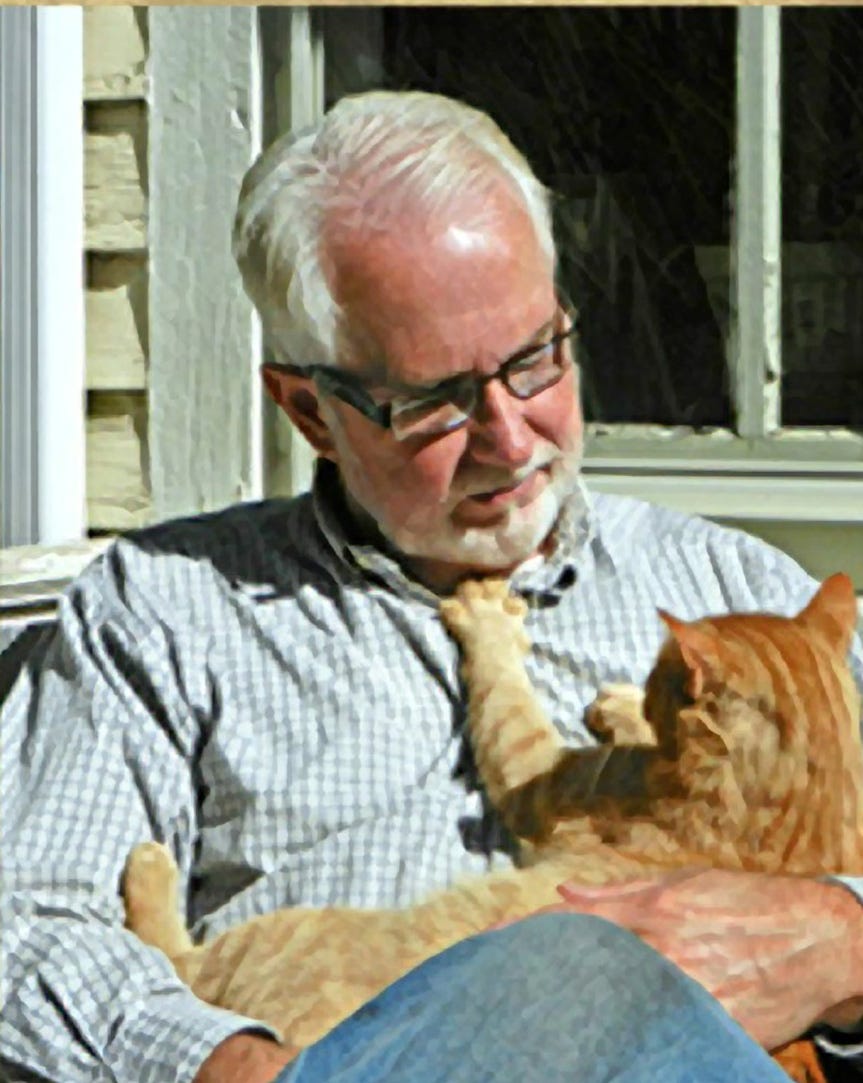

Thank you for bringing us this interview! This is someone who clearly influenced you, and I can certainly see why. This work is so important - especially these days - as many have not been trained in the beauty of classical architecture and charm.